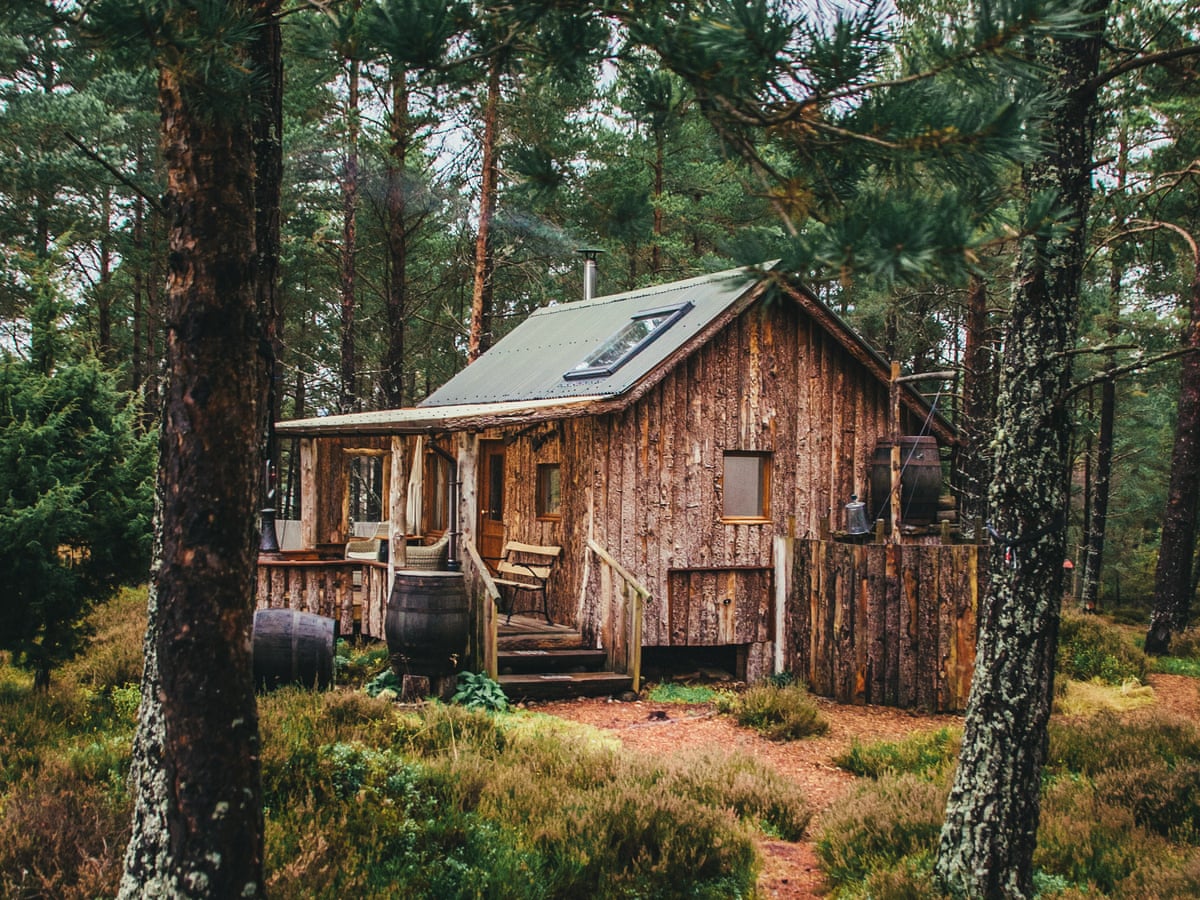Many Uses of Slate
Slate, a metamorphic rock usually associated with roofs and floors, has a surprising amount of uses. The rock itself has a fine grain, is usually gray in color, and is the result of sedimentary rock that is created because of low-grade metamorphism. Its mineral composition is quartz and illite with many other minerals mixed in, like hematite, pyrite (also known as Fool’s Gold), and even graphite or other minerals. It’s a versatile rock, and can be used for a number of things.
The most common use for slate has occurred for many a century in Europe, where they used slate (mostly from Spain) to put roofs on their buildings and houses. Slate has a low absorption rate, which makes it good for roofing since it prevents leaks and resists freezing and cracking. While current asphalt roofs have a 20-year life span (if you’re lucky), a properly installed slate roof can last for up to 100 years – quite a difference, and the result is very much more attractive.
Slat e is also used for flooring. Because the “tiles” are pretty flat, they make a good flooring surface, and they are good for the same reason slate roofs are good. They resist moisture and are very durable. One problem is that the tiles can be slippery, especially when wet because the rock does not absorb the moisture, and it stands on the surface.
Under the fuzzy green felt, most professional grade pool tables have a slate top. That’s why they are so heavy. The surface is hard, level, and resistant to those accidental beverage spills. The first blackboards were also made out of slate. Because the rock is so non porous, it makes a wonderful writing surface.
Because slate is stable thermally and chemically inert; many laboratory tables are topped with slate. That makes those pretty hard to move, too, but they provide a safe place for chemists and others who work with volatile chemicals to work. It wouldn’t do to accidentally drop hydrochloric acid on a wooden table top, but if it happened on a slate one it wouldn’t matter.
Another benefit to slate for roofs or floors is the fact that it is fireproof. That fact meant that some of the earliest electronic switchboards and the relay controls for motors were made out of slate. Slate is resistant to the flow of electrical current, which is why that worked.
Slate has also been long-used for gravestones, because it is such a flat and attractive rock, and easy to engrave. It is also less expensive than granite or marble, so in the past it was used and the lettering was usually gilded or painted over in white to make it stand out against the dark rock.
Finally, slate is also used as a whetstone to sharpen knives – even today. It has to be the finest slate, but it will sharpen a knife very well.
Slate is a wonderfully versatile type of stone that has many uses. The most common use – as roofing or flooring material – is seeing a comeback in the United States as people strive to add more quality, enduring materials to their home’s construction. Slate is a wonderful way to set your home apart from the rest.

